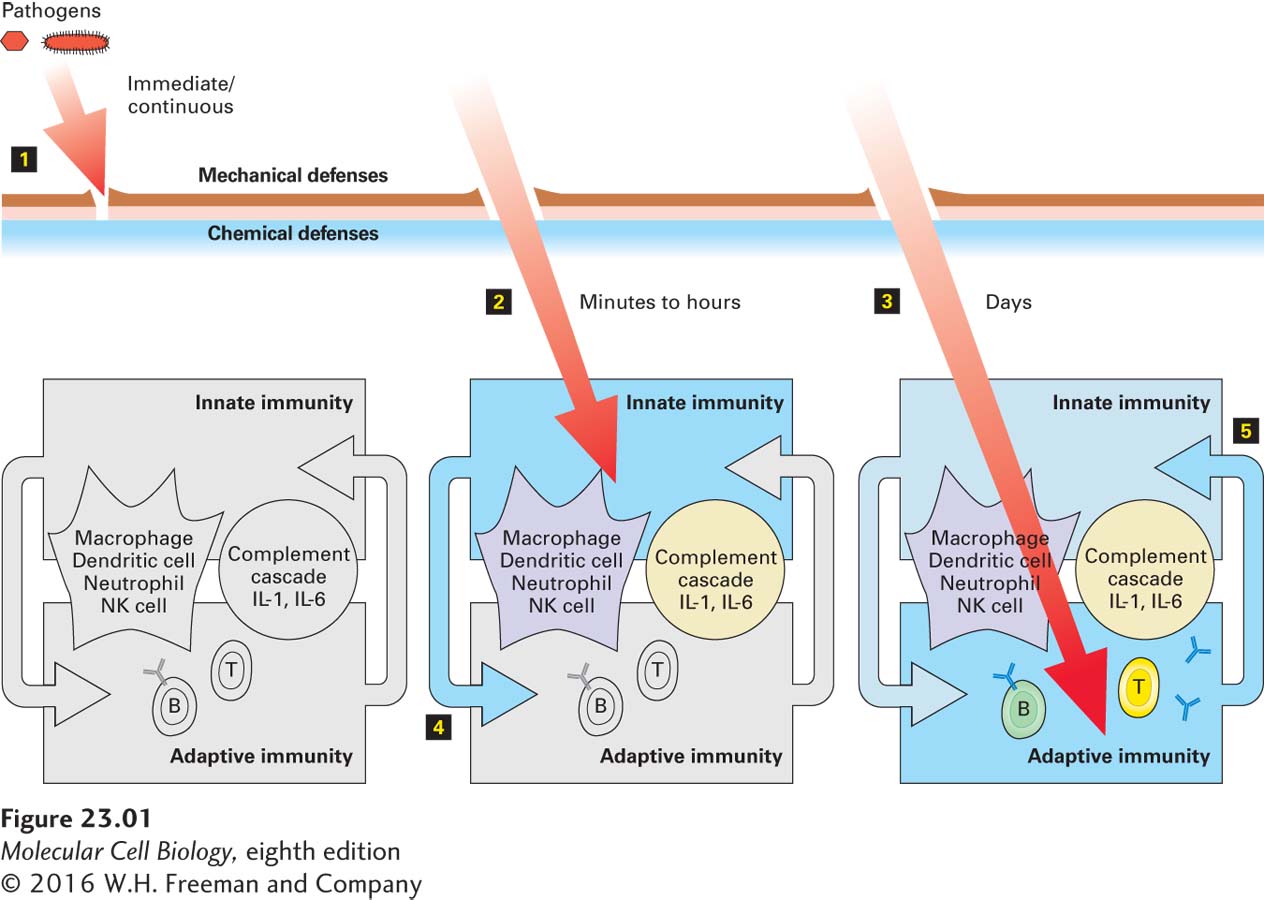
FIGURE 23- L- L- Y-